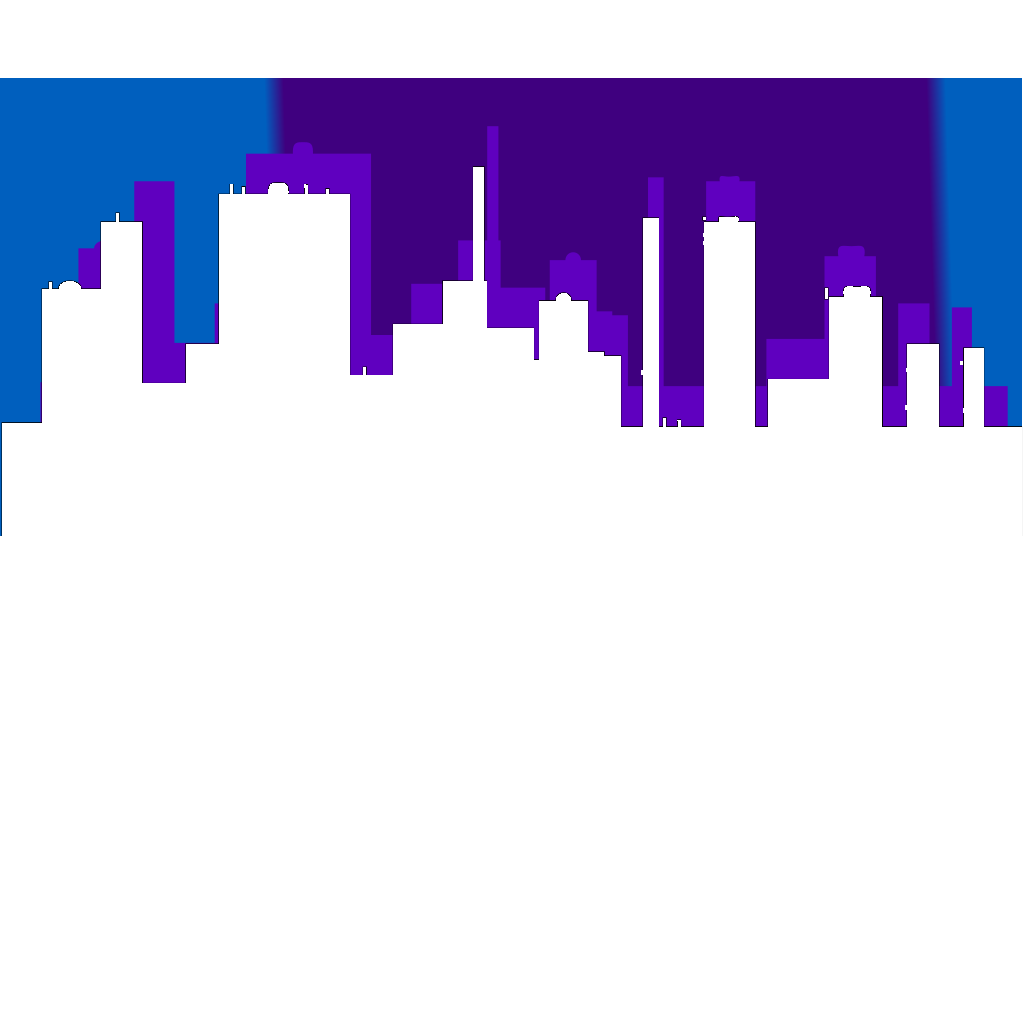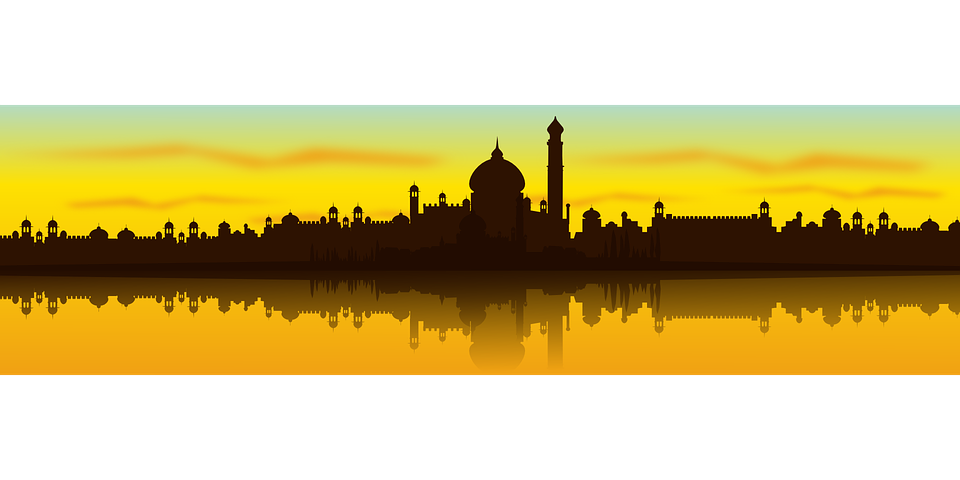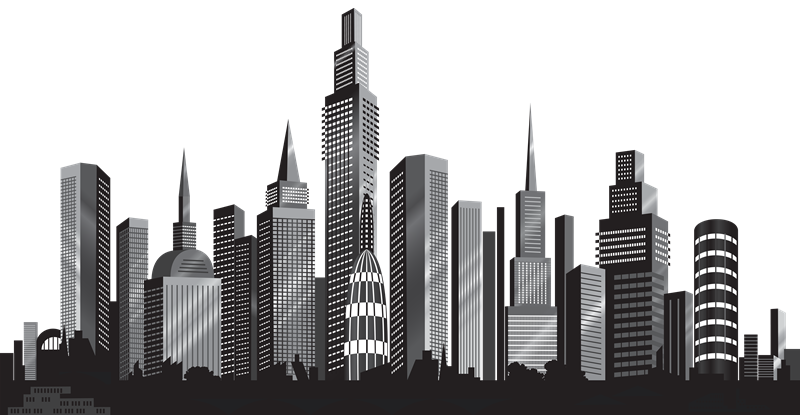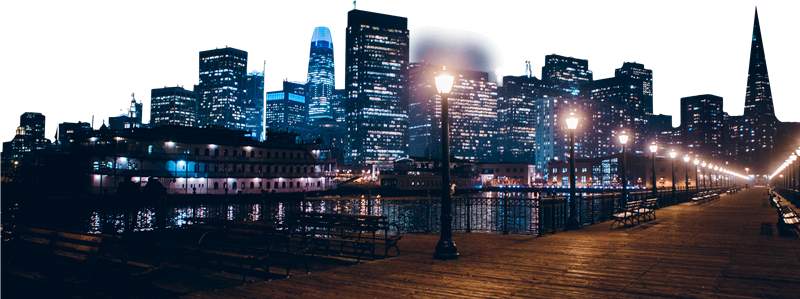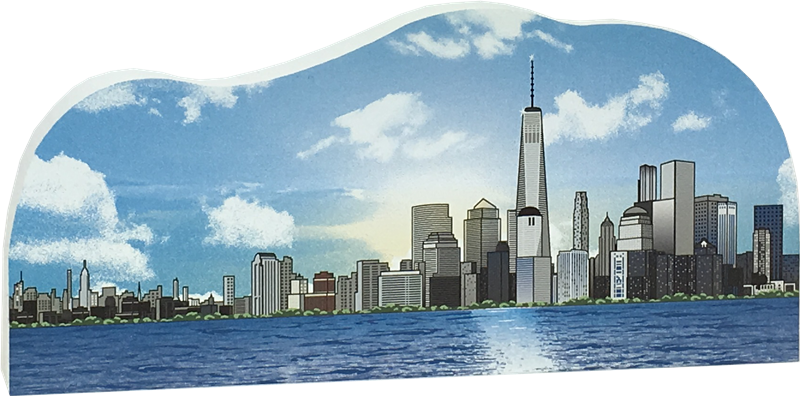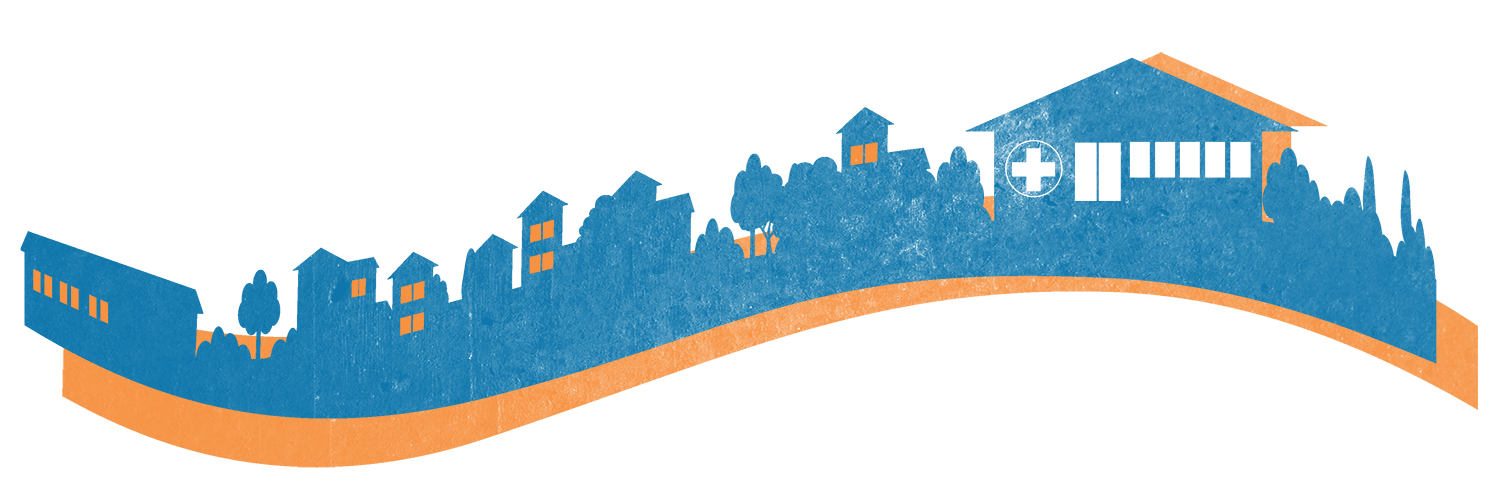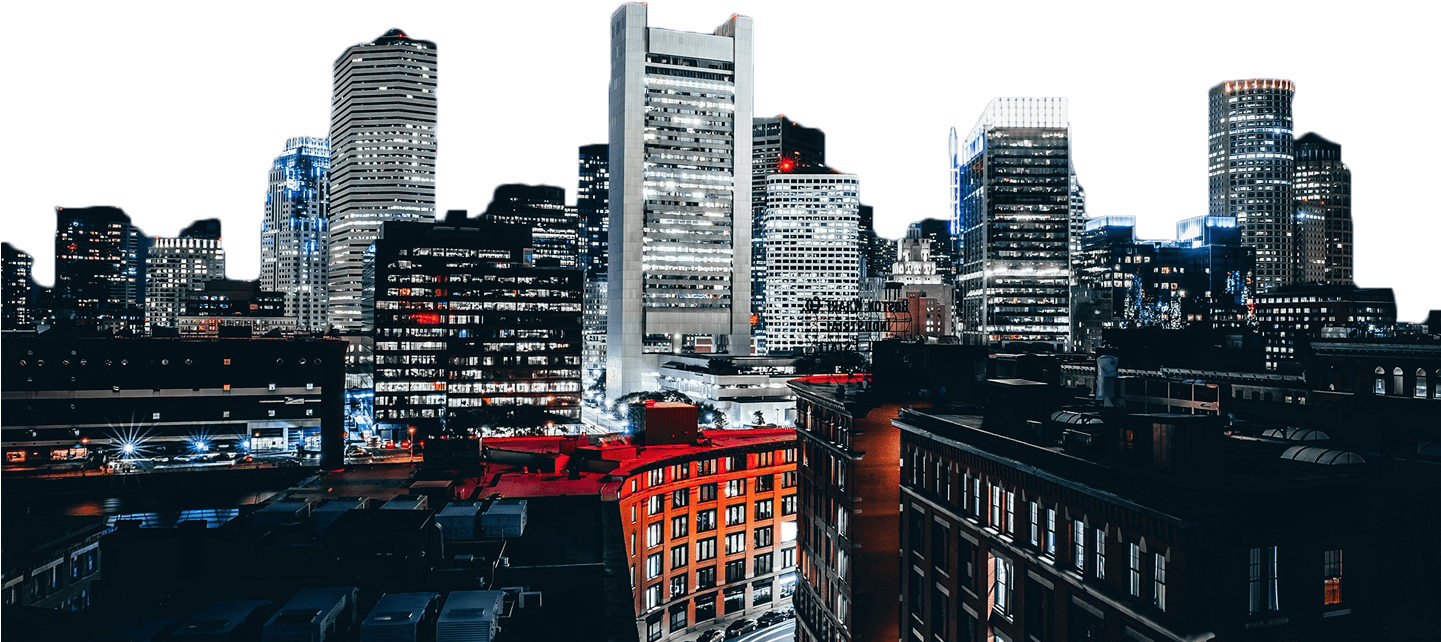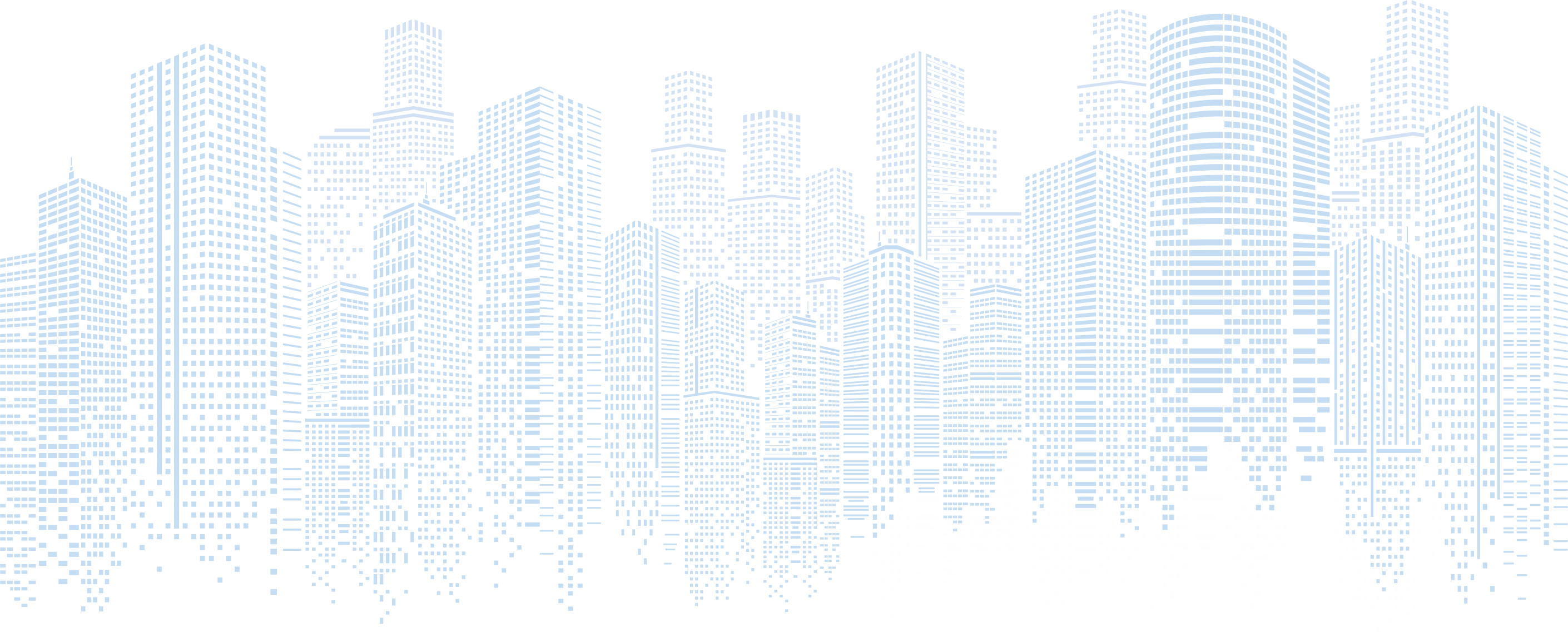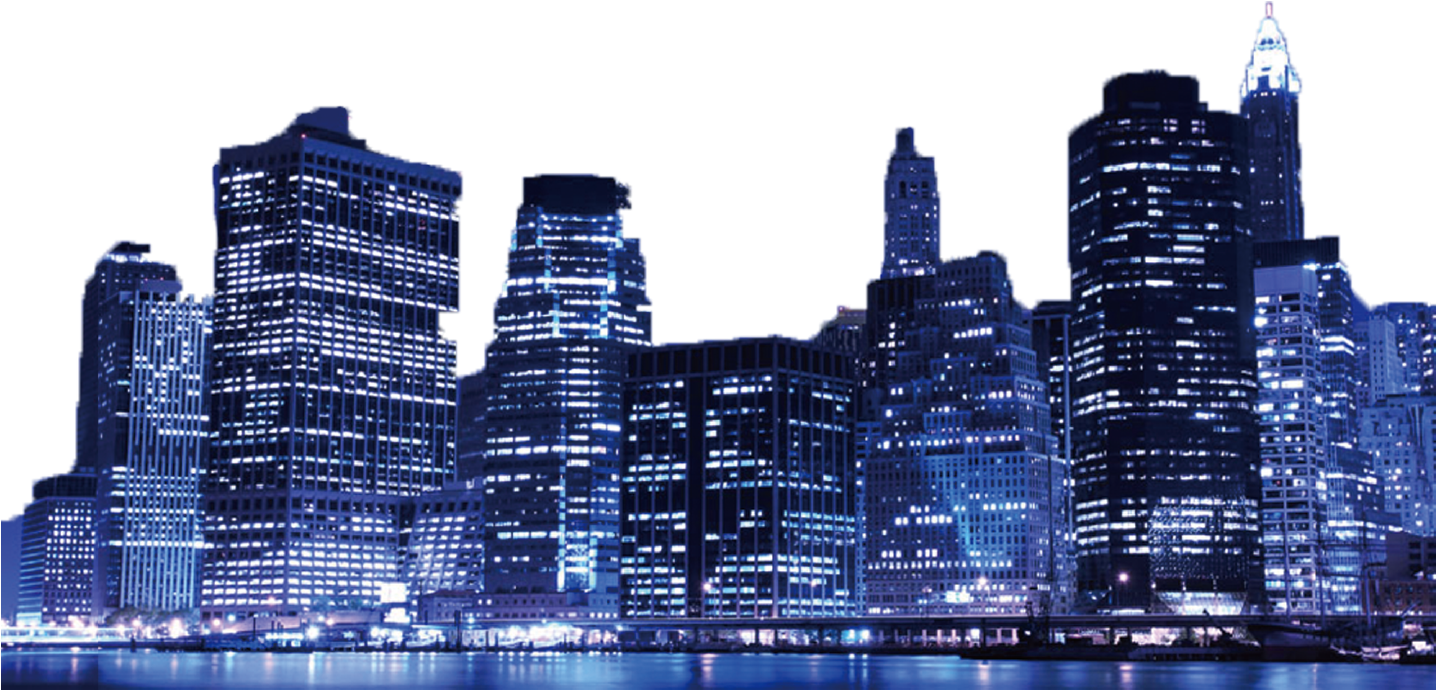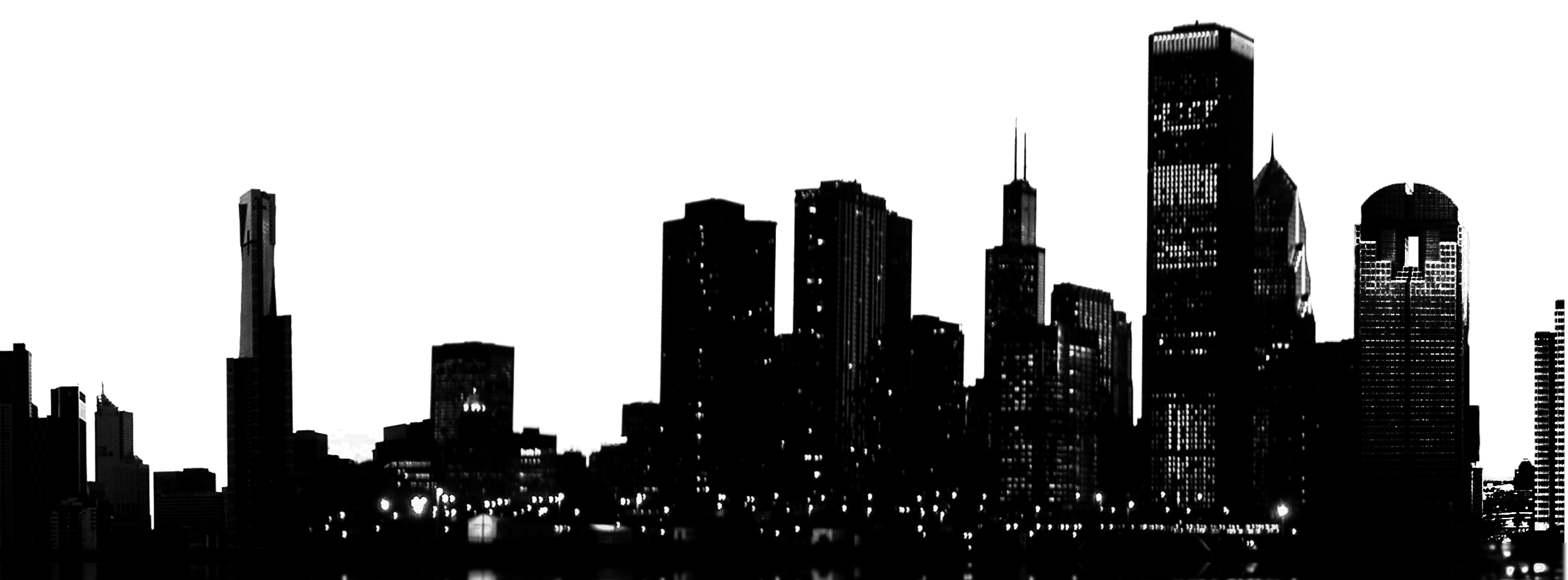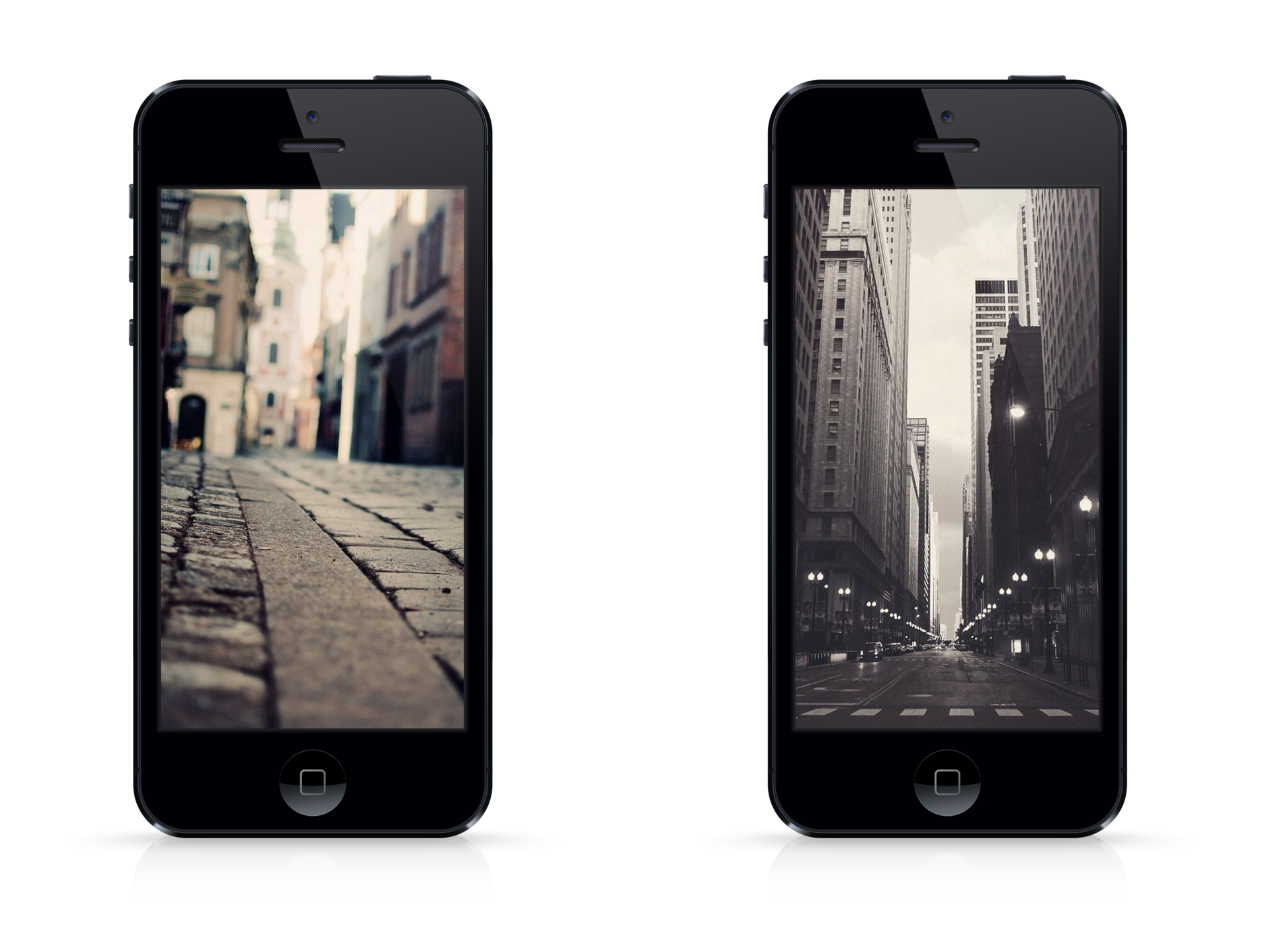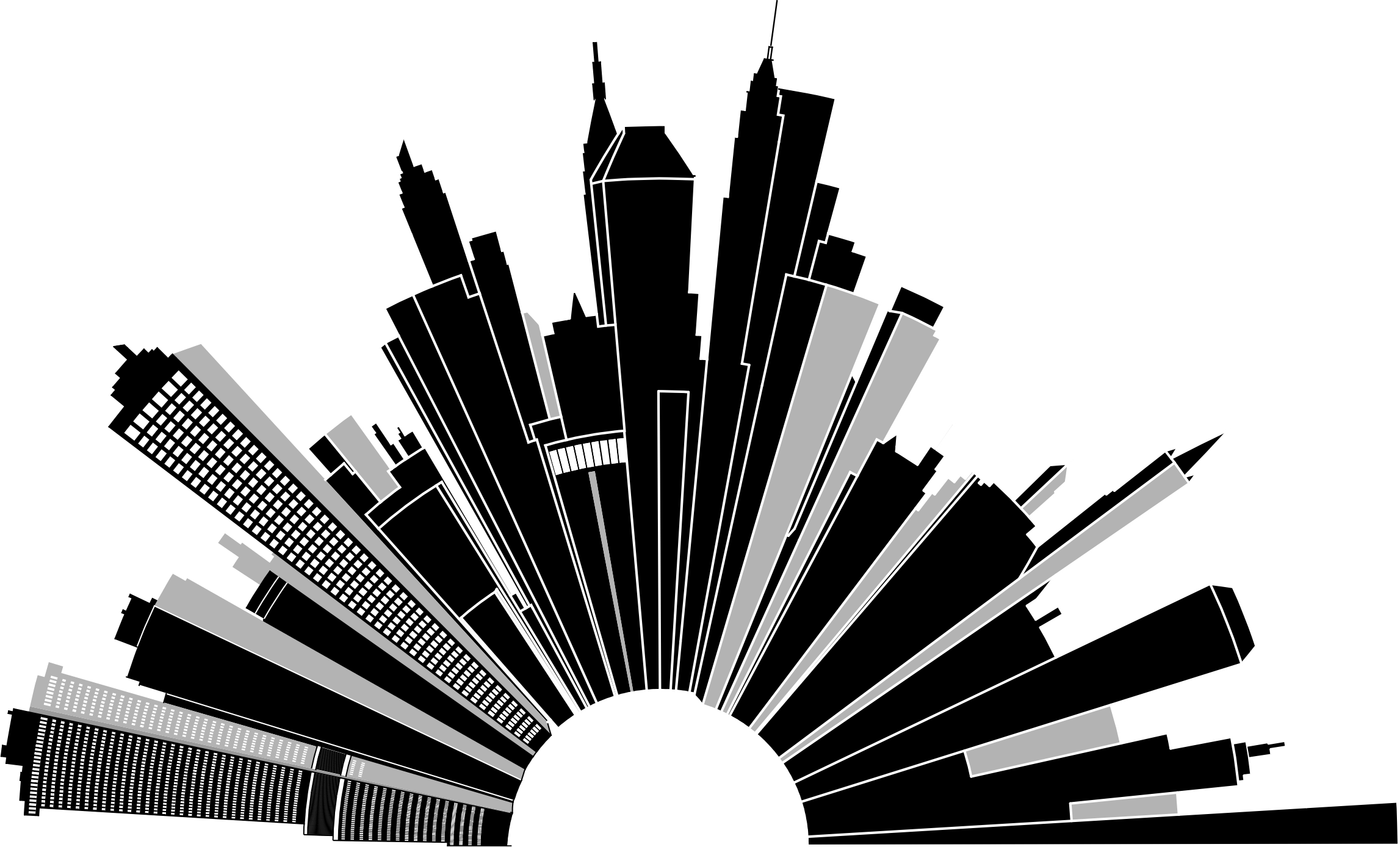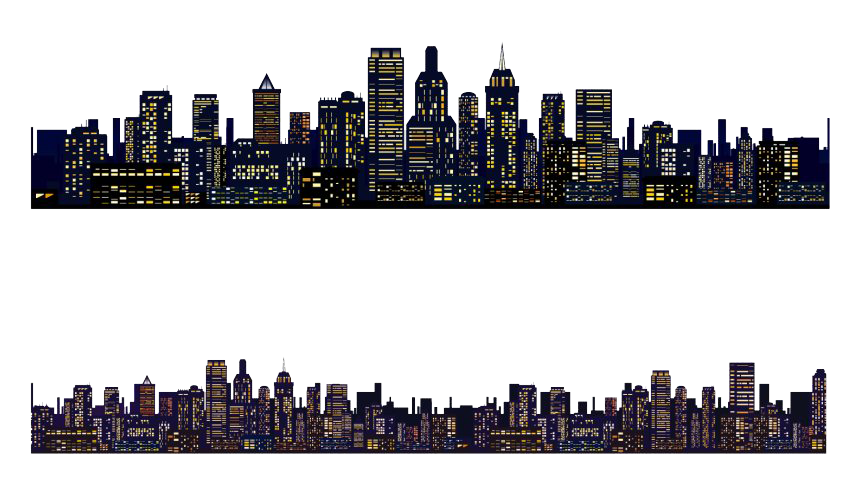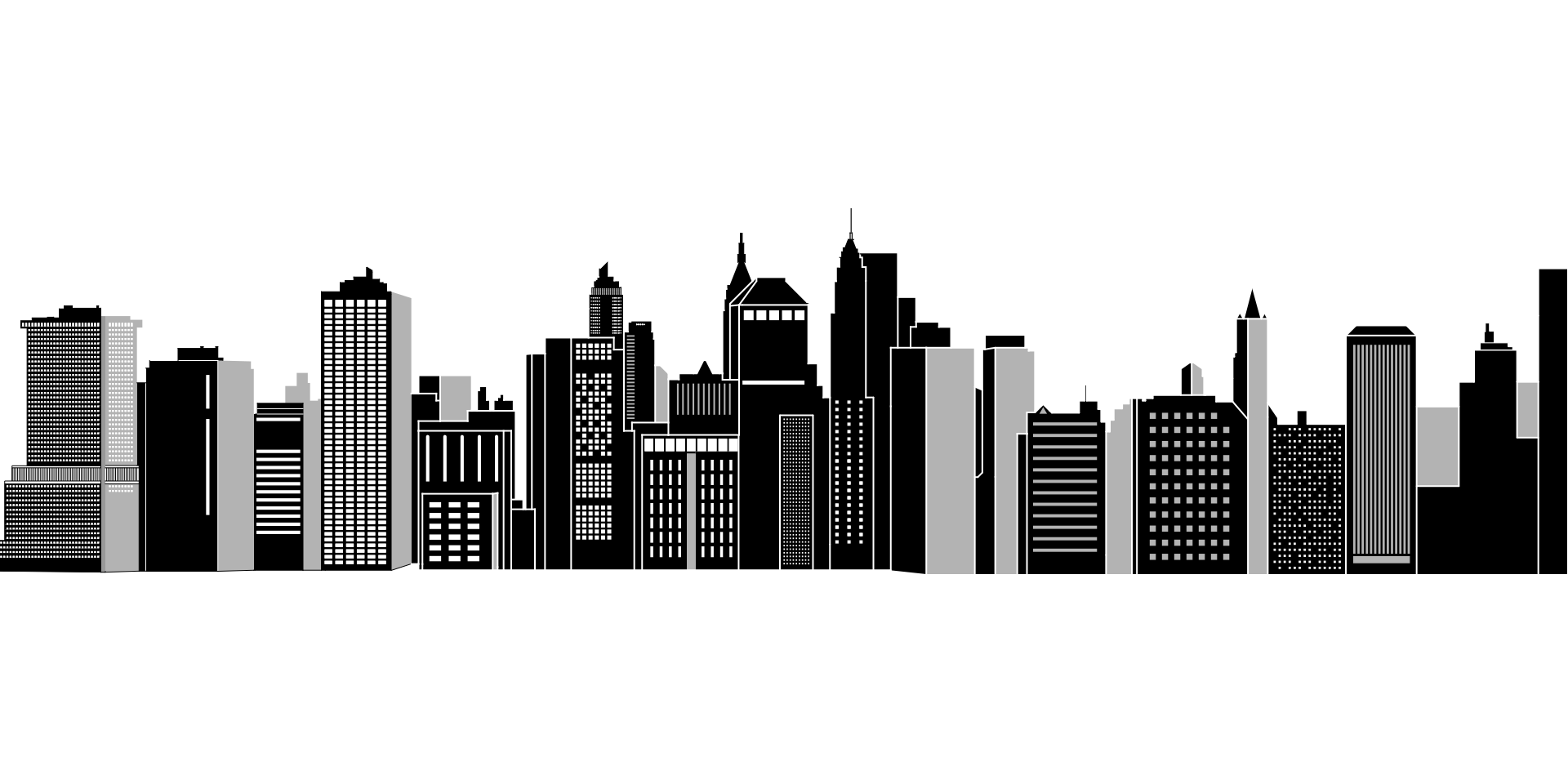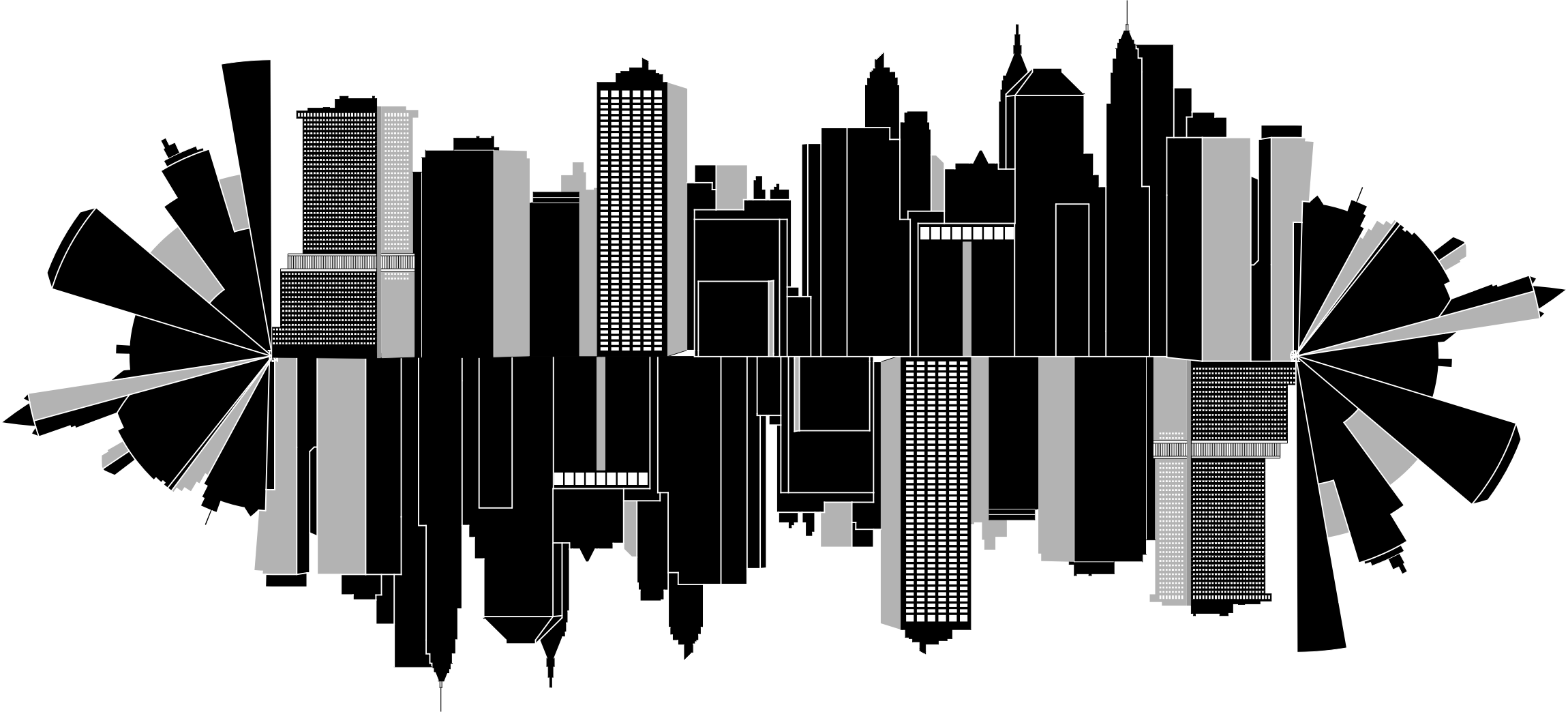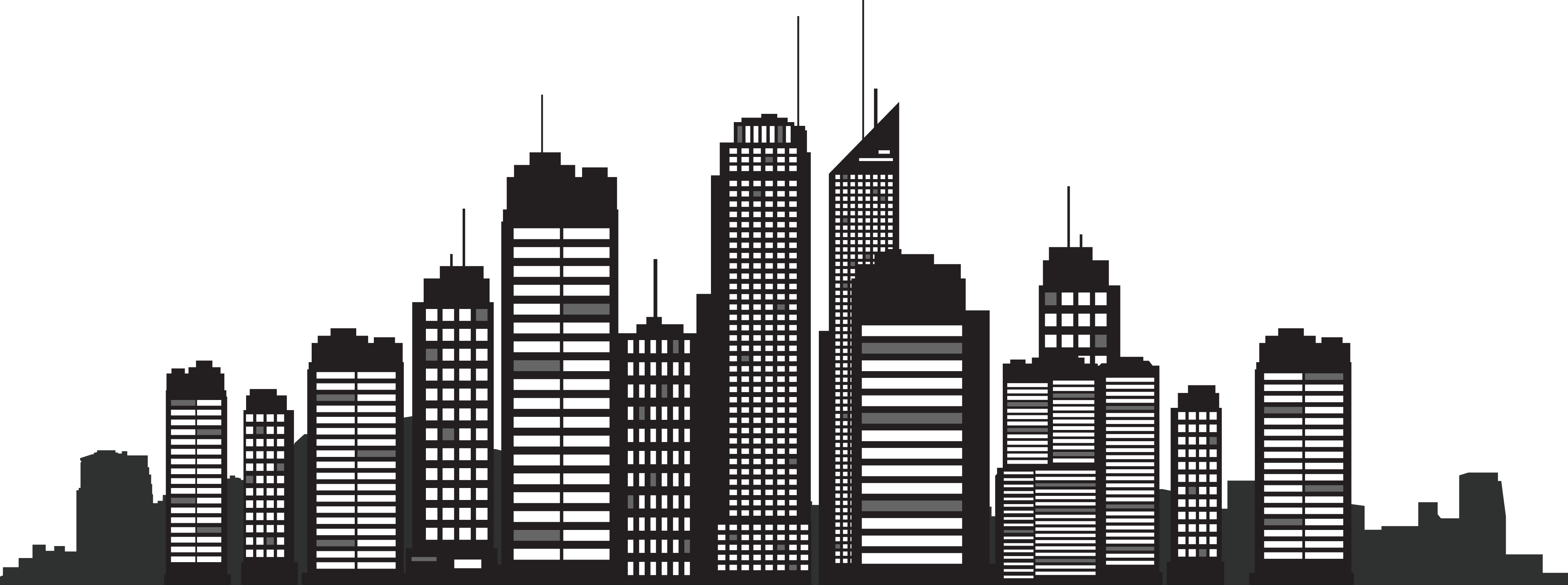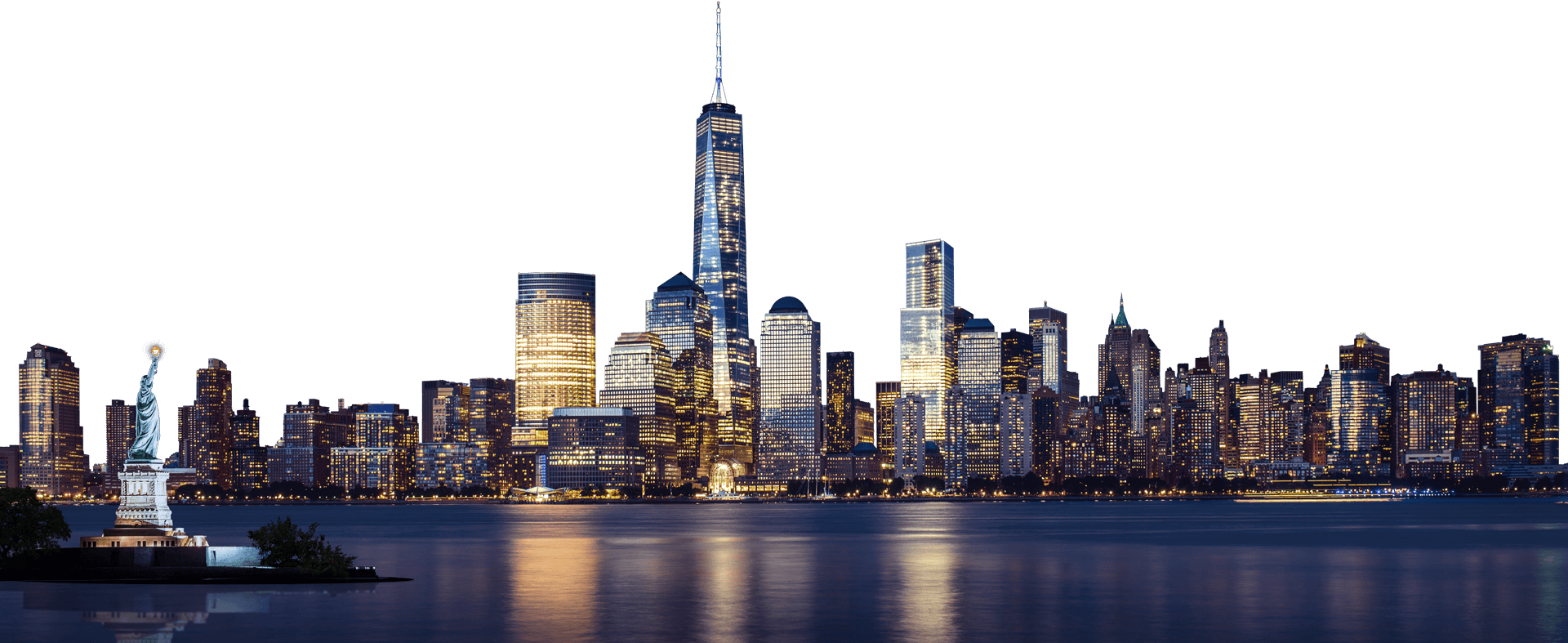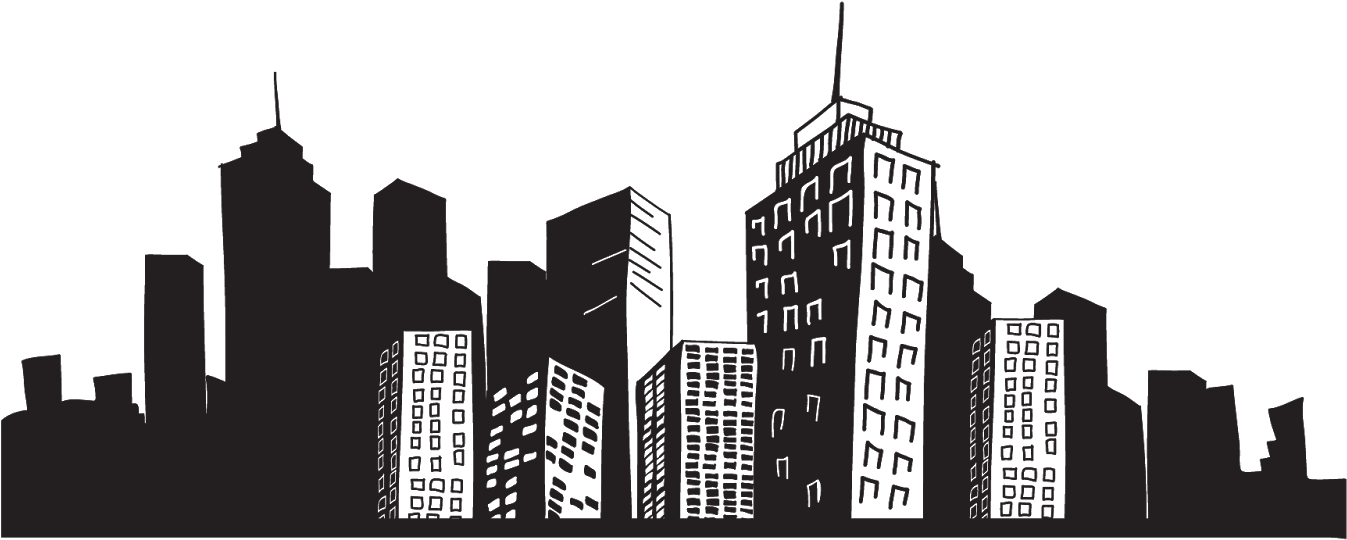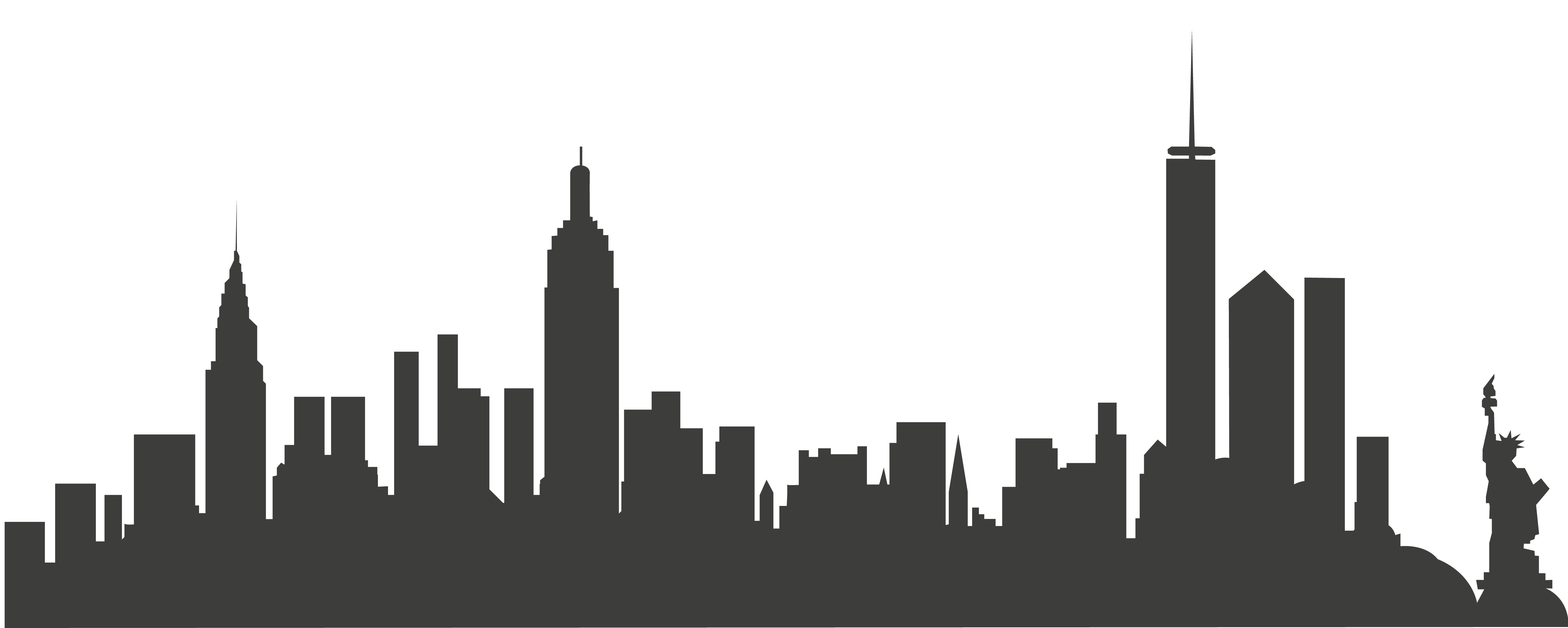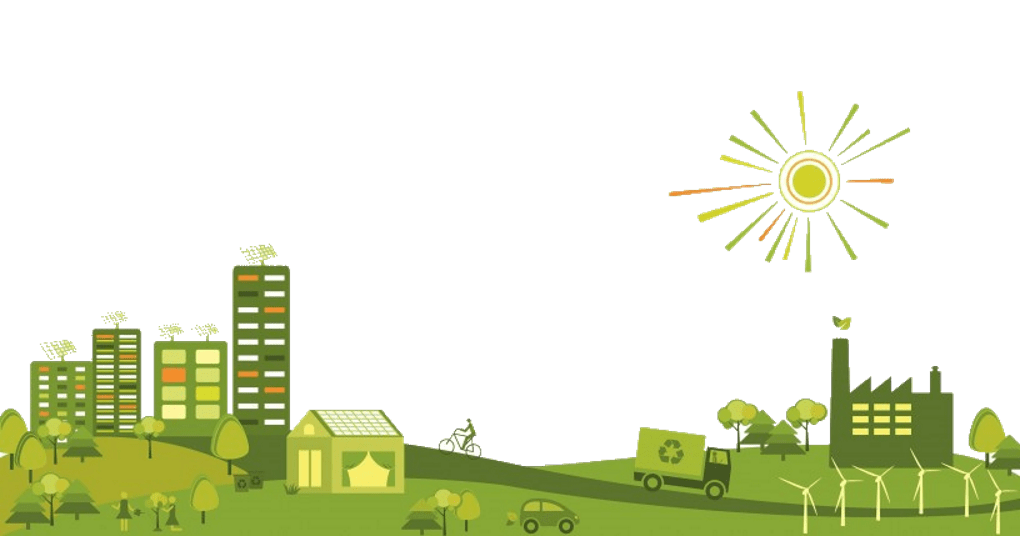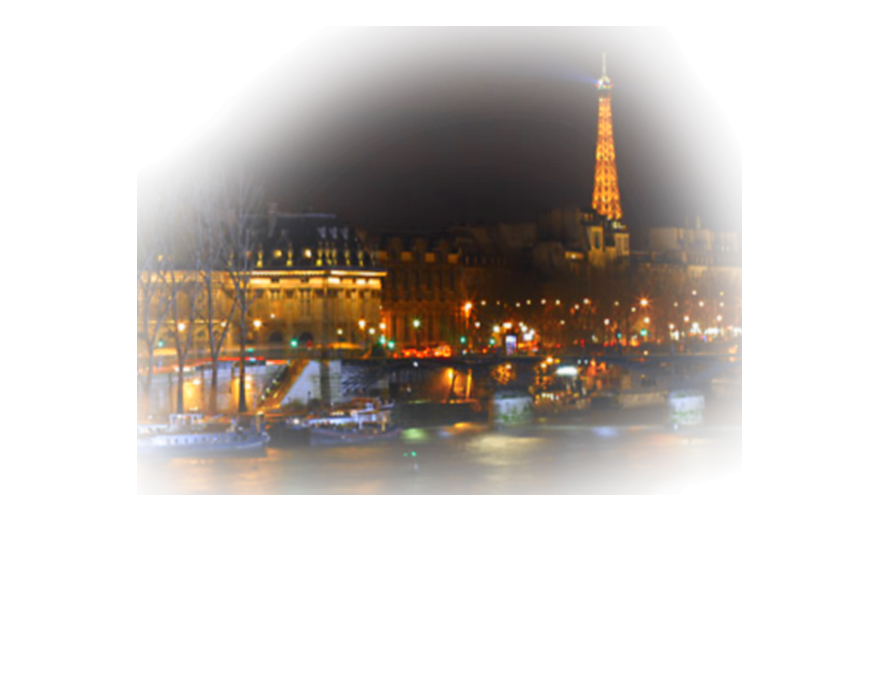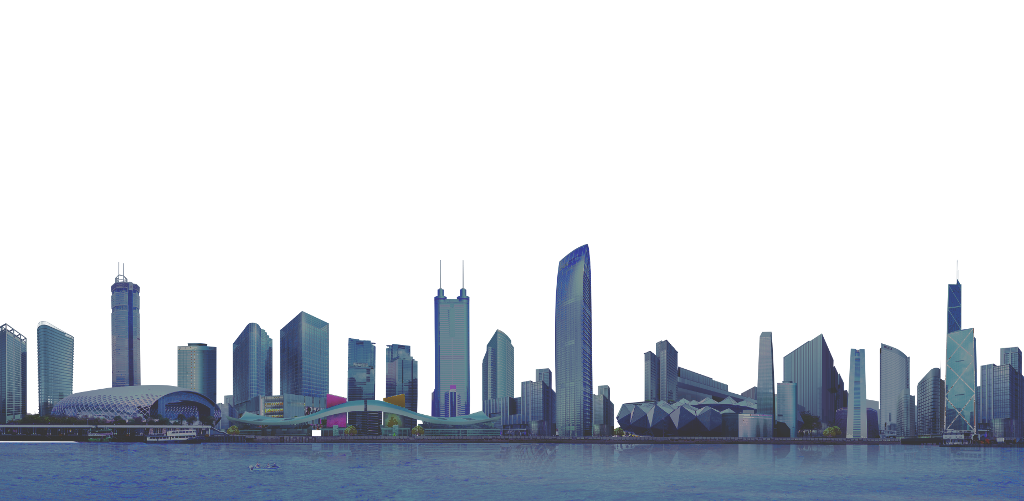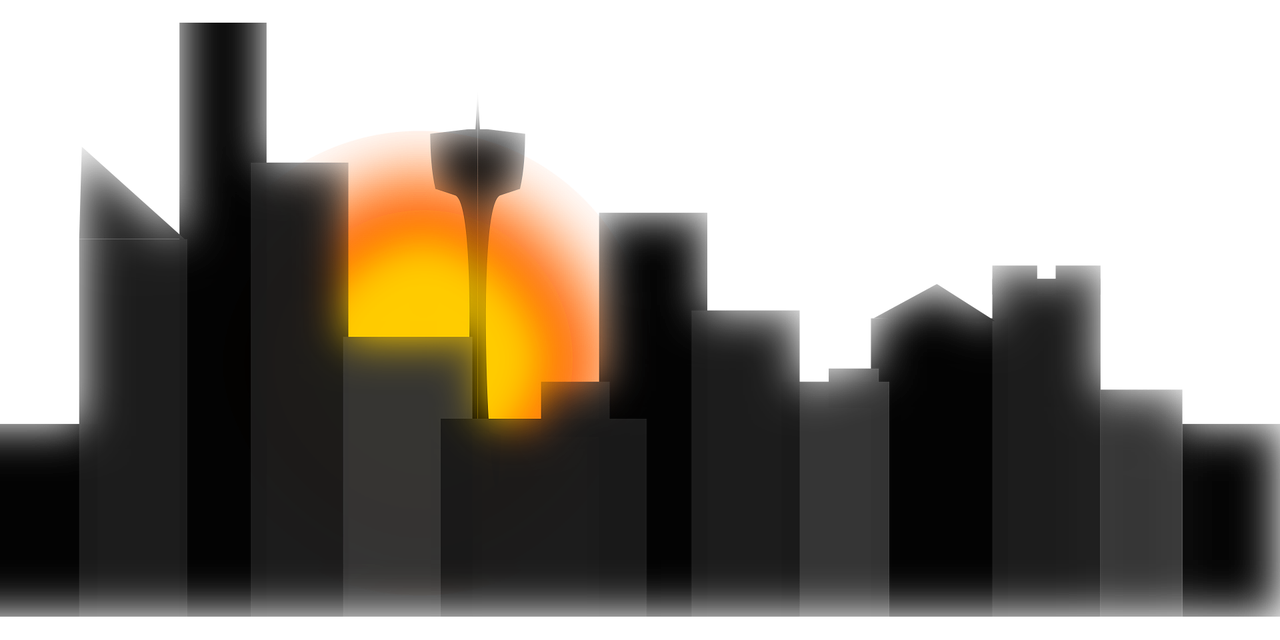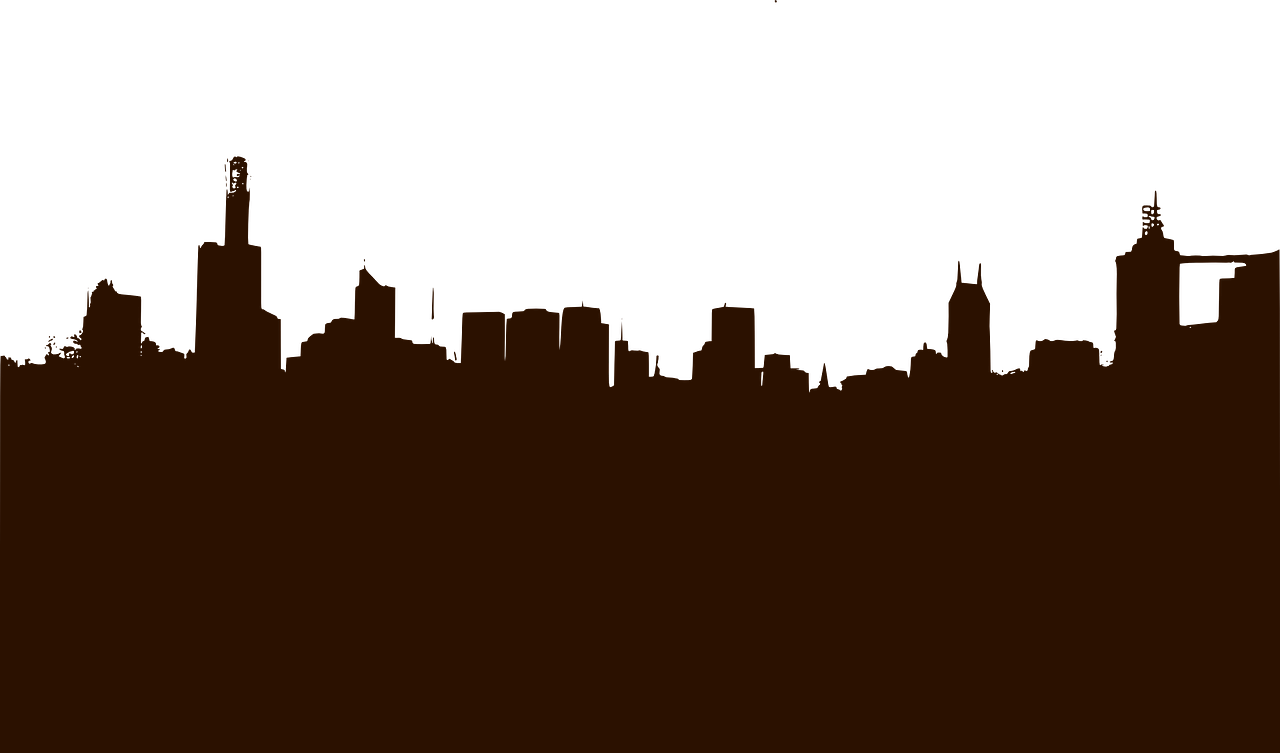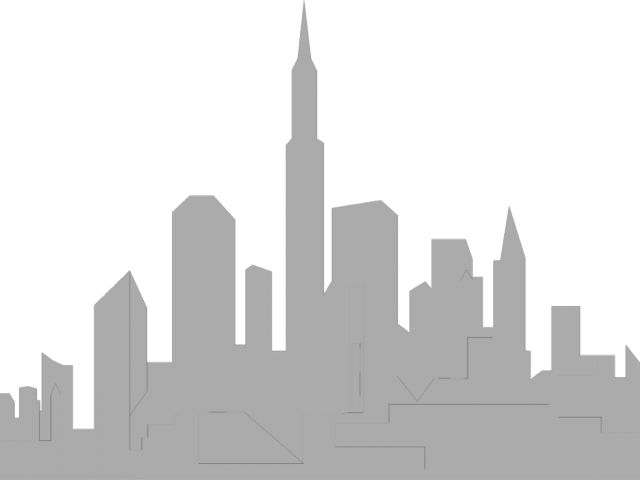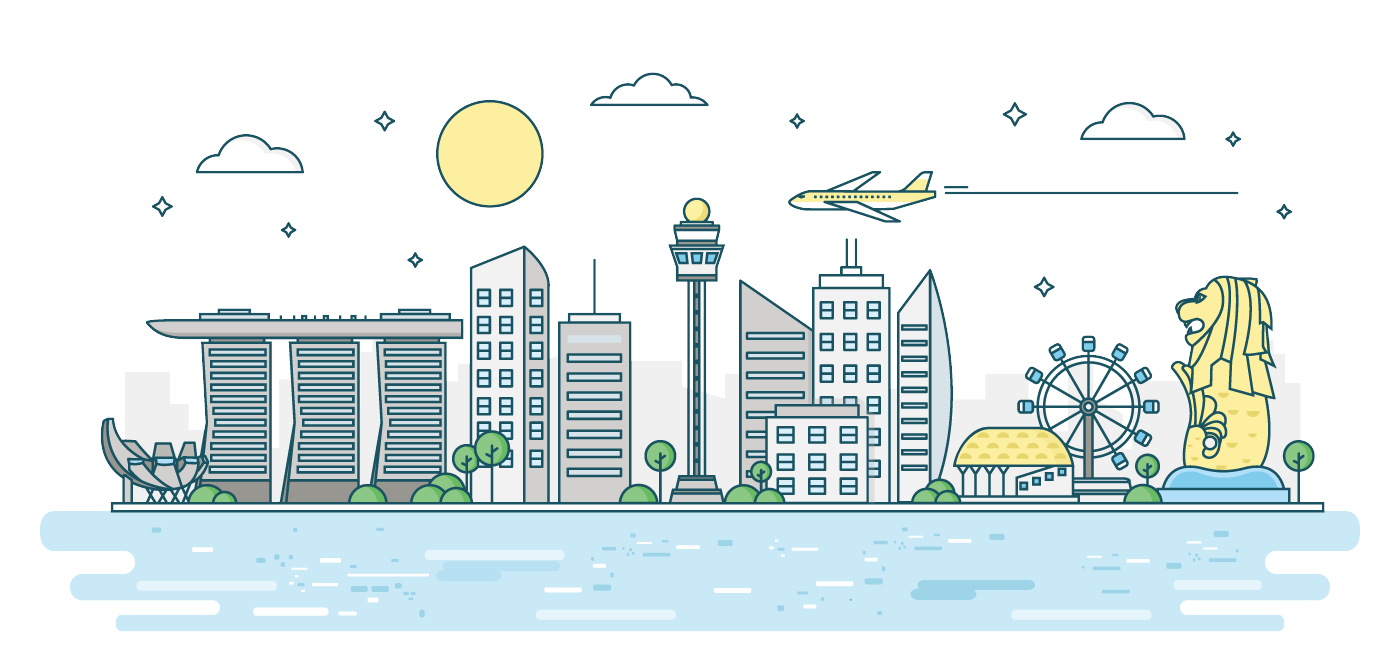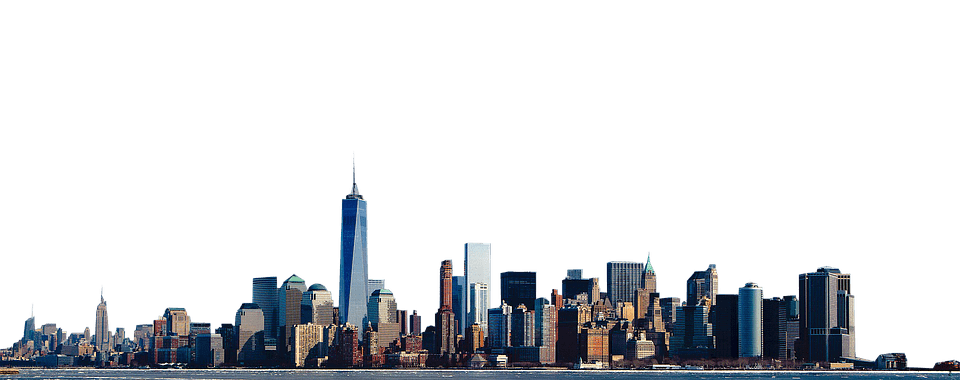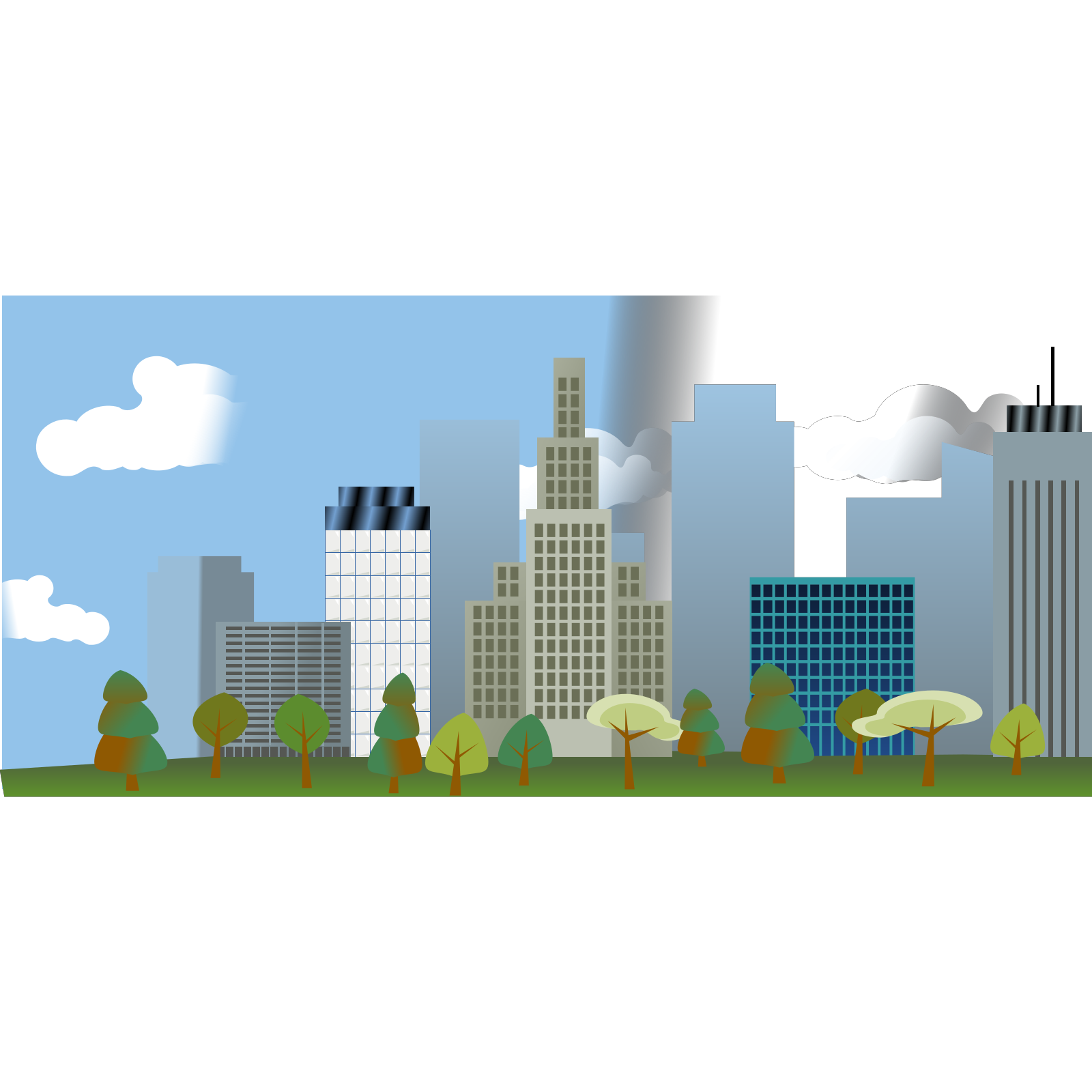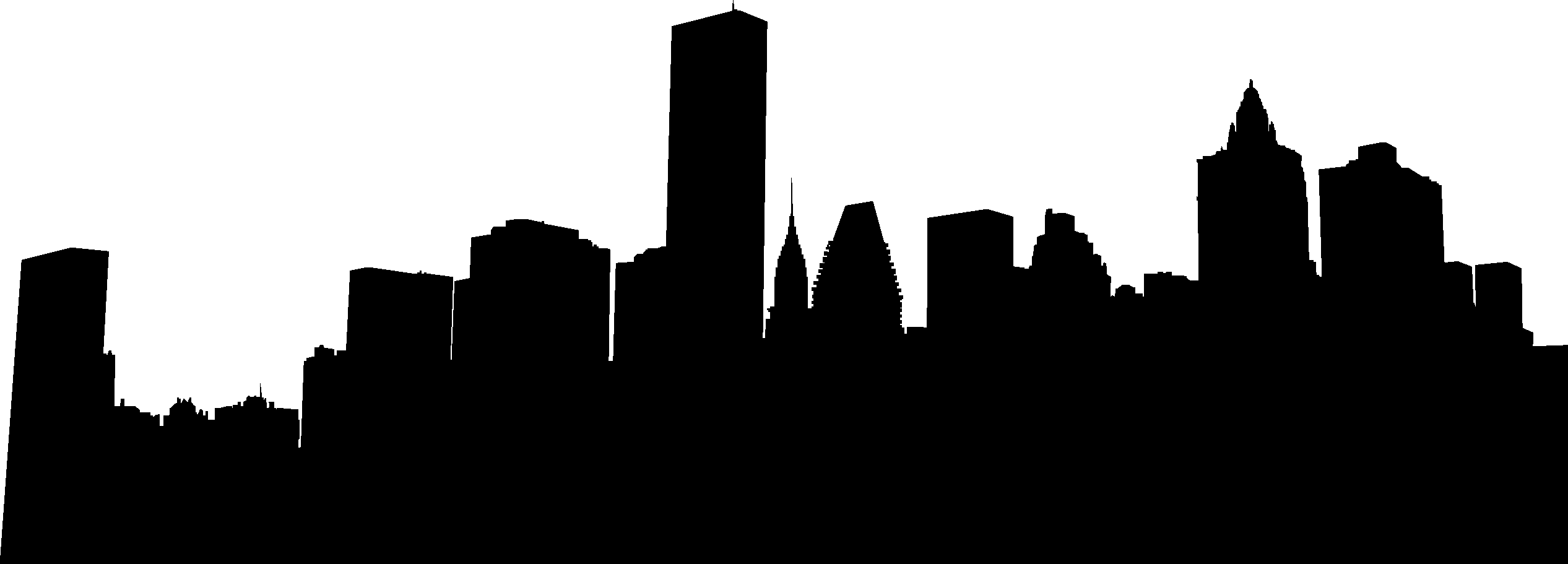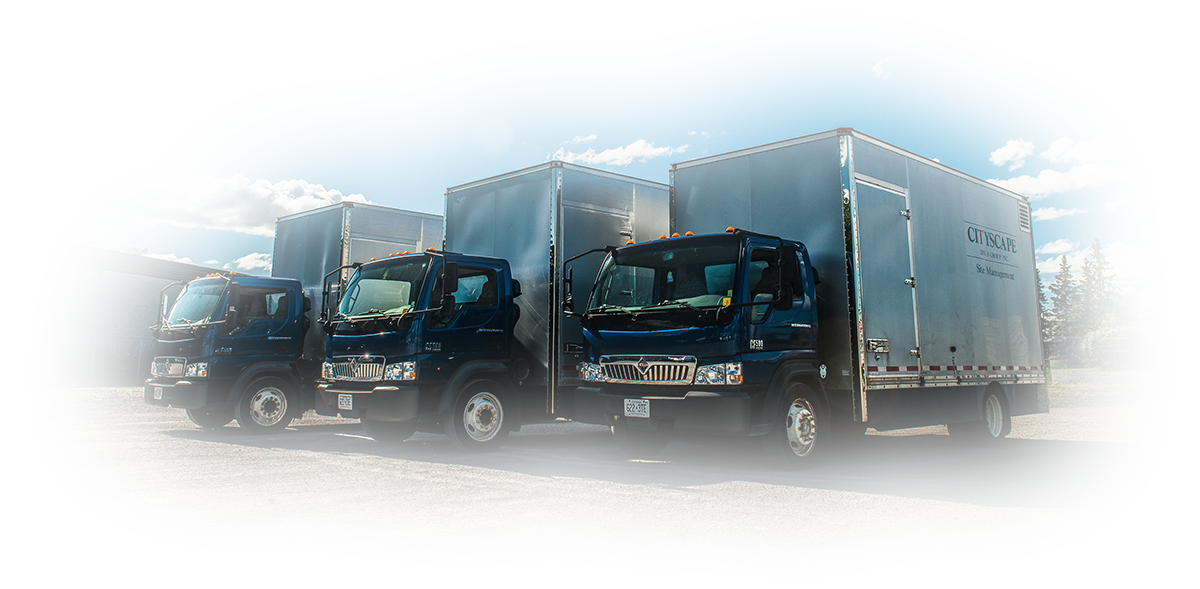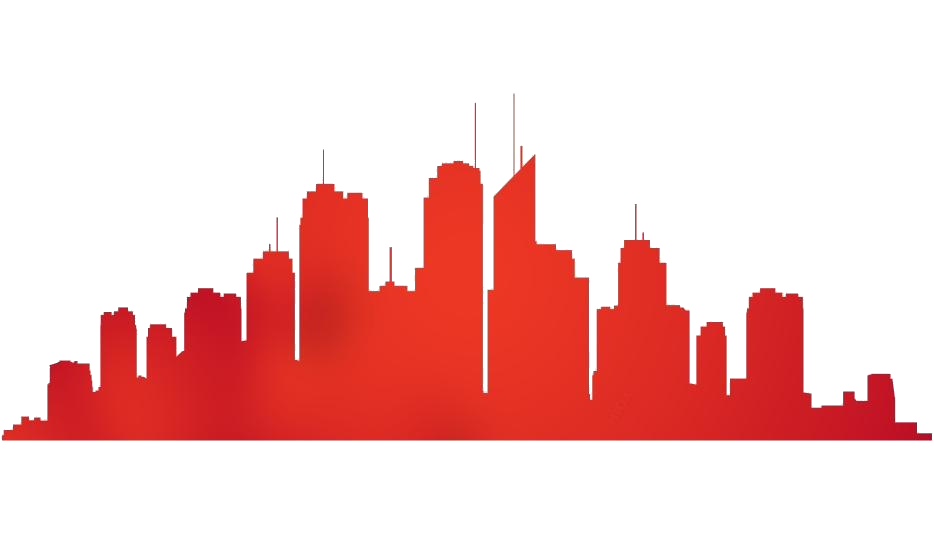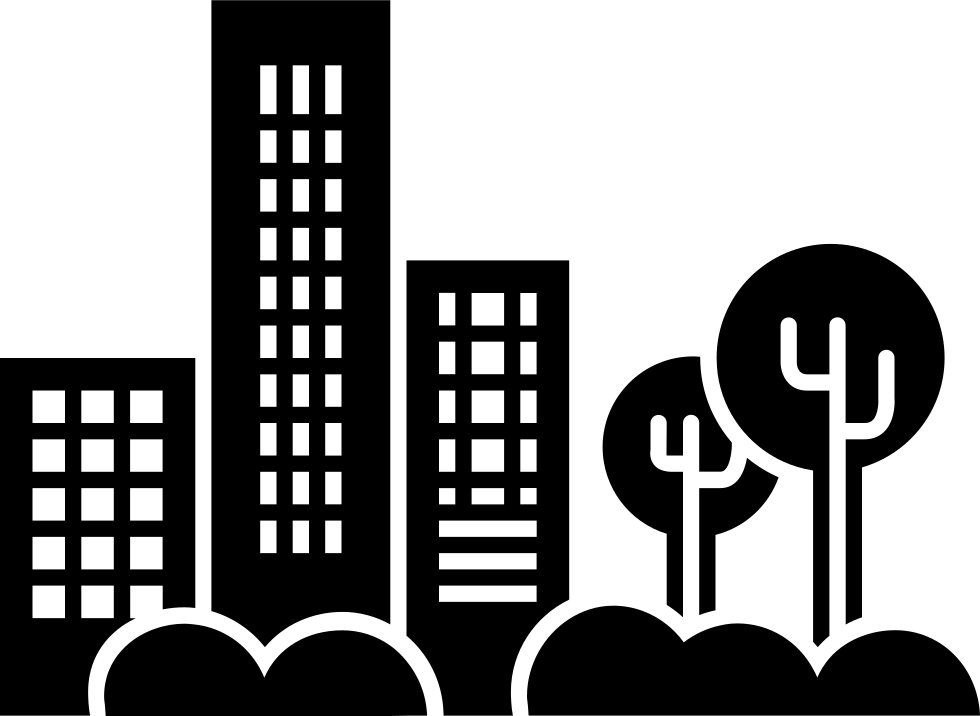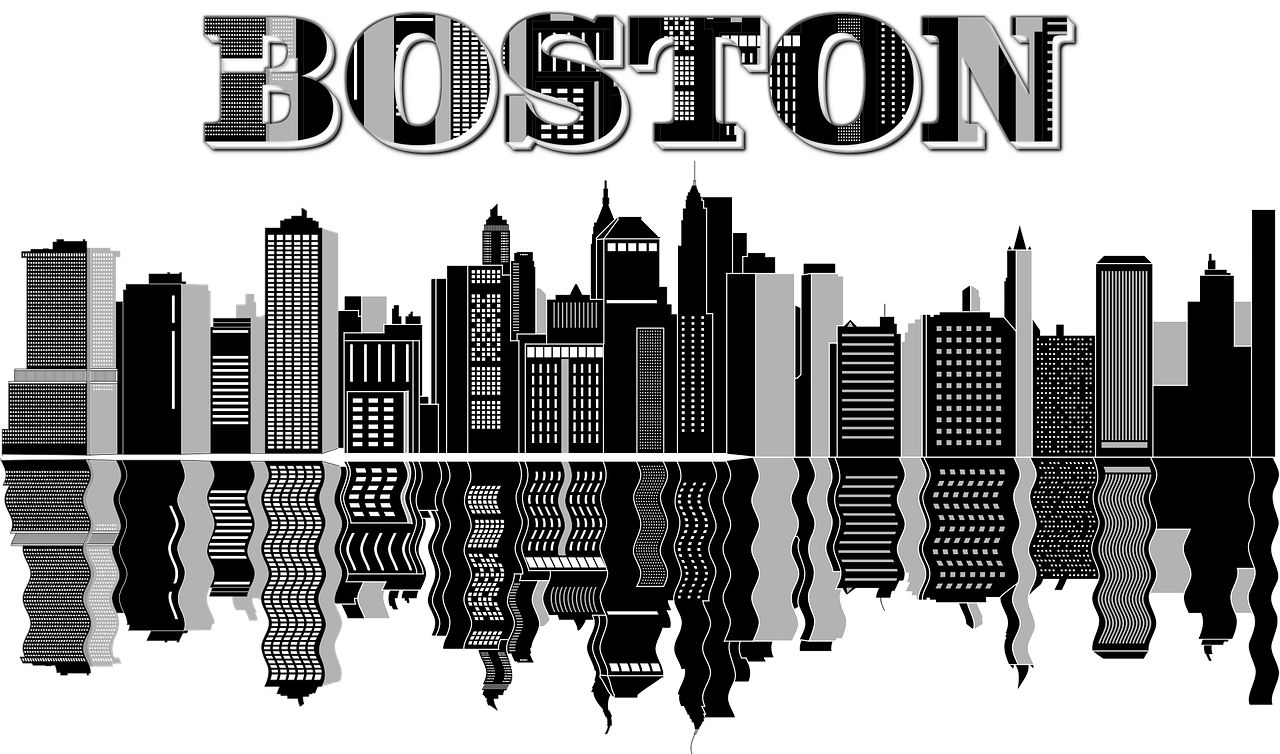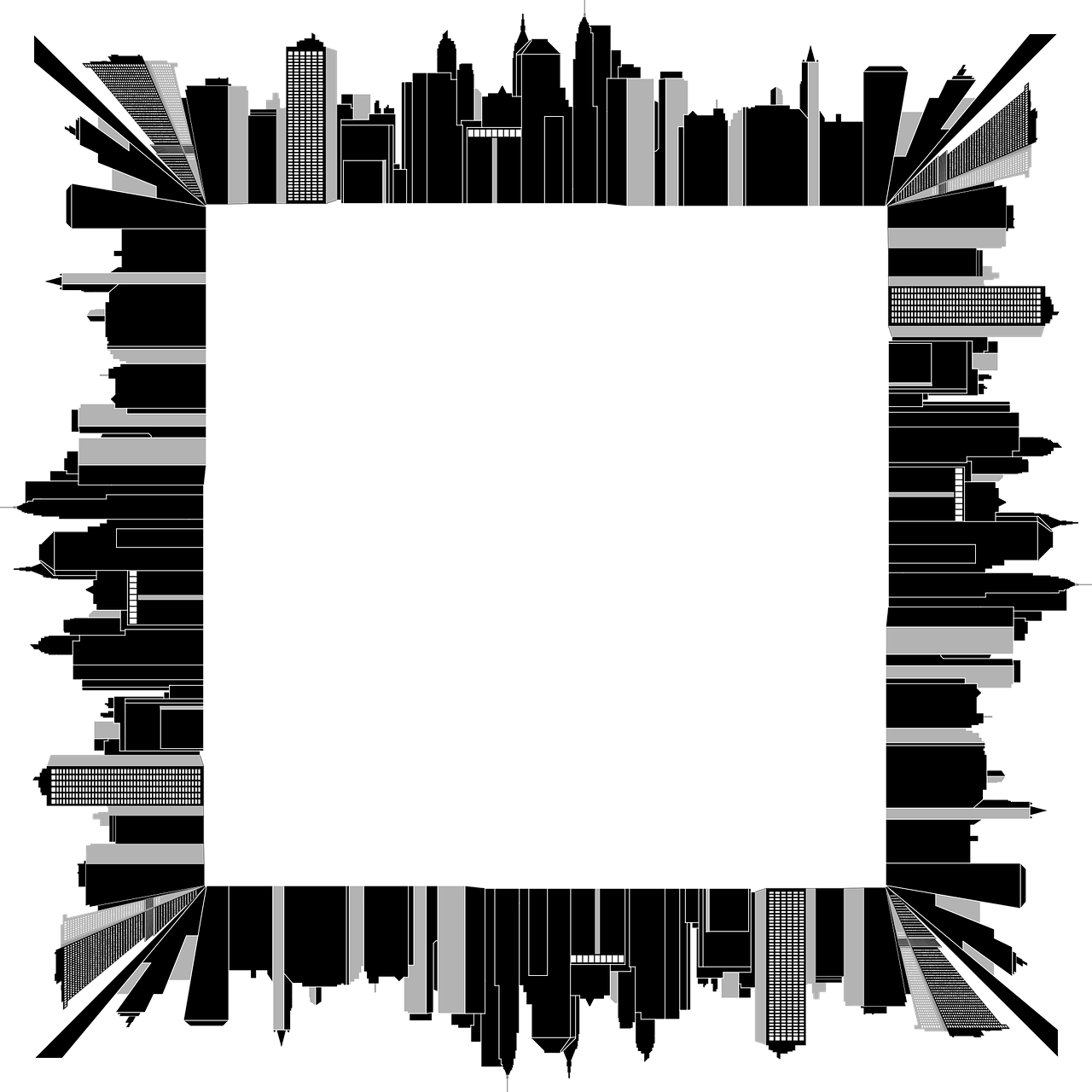Download top and best high-quality free Cityscape PNG Transparent Images backgrounds available in various sizes. To view the full PNG size resolution click on any of the below image thumbnail.
License Info: Creative Commons 4.0 BY-NC
A cityscape (urban landscape) is an artistic depiction of the physical characteristics of a city or urban region in the visual arts, such as a painting, drawing, print, or picture. It’s the equivalent of a landscape in the city. Though it indicates the same variation in urban size and density (and even modernity) implied in the distinction between the phrases city and town, townscape is identical with the cityscape. The words apply to the arrangement of constructed forms and interstitial space in urban architecture.
History Of Cityscapes in Art
A painting portraying a bird’s eye view of an ancient city at the Baths of Trajan in Rome originates from the first century AD Cityscapes were used as backgrounds for portraits and biblical subjects throughout the Middle Ages. From the 16th through the 18th centuries, several copperplate prints and etchings depicting cities from above were produced. These prints were intended to offer a map–like overview.
Scroll paintings such as Qingming Shanghe Tu in Ancient China provide a panoramic perspective of the towns represented.
In the Netherlands, by the mid-seventeenth century, the cityscape had established itself as a distinct genre. Jan Vermeer created a very realistic depiction of the city of Delft in his renowned View of Delft from 1660–1661. Cities such as Amsterdam, Haarlem, and The Hague were attractive painting themes. Other European countries (e.g., the United Kingdom, France, and Germany) followed the Dutch lead. In Venice, the 18th century was a golden age for cityscape painting (Canaletto, Guardi).
The impressionists concentrated on the atmosphere and dynamics of ordinary life in the city at the end of the nineteenth century. Suburban and industrial regions, construction sites, and train yards also became cityscape themes. The production of cityscapes dropped over the twentieth century as attention shifted to abstract and conceptual art. Edward Hopper, an American painter who kept true to figurative painting, created fascinating pictures of the American landscape.
The reassessment of the cityscape coincides with the rebirth of figurative painting towards the end of the twentieth century. Rackstraw Downes, Antonio López Garca, and Richard Estes are three well-known living cityscape artists. Yvonne Jacquette is an American artist who specializes in aerial cityscapes.
Skyline
The outline or form seen near the horizon is known as a skyline. It can be generated by the general construction of a city, human involvement in a rural environment, or nature where the sky meets buildings or land.
Because no two city skylines are similar, they function as a sort of pseudo-fingerprint. As a result, news and sports programs, television shows, and movies frequently use a city’s skyline to establish a setting. The name “Sky Line of New York City” was initially used in 1896 as the title of a color lithograph by Charles Graham for the New York Journal’s color supplement.
According to Paul D. Spreiregen, FAIA, a skyline is “a tangible depiction of realities of existence… a possible work of art… its collective vision.”
Skyscraper
A skyscraper is a multi-story building that is constantly inhabited. Skyscrapers are currently defined as structures at least 100 or 150 meters tall. However, there is no widely recognized definition. Skyscrapers are extremely tall high-rise structures. When these structures began to be erected in the 1880s, the word was initially used to buildings with between 10 and 20 stories. Offices, hotels, residential areas, and retail spaces may all be found in skyscrapers.
A steel structure that supports curtain walls is a typical component of skyscrapers. Rather than resting on load-bearing walls like in traditional construction, these curtain walls either bear on the framework below or are hung from the framework above. Some early skyscrapers include a steel frame, which allows load-bearing walls to be built higher than those made of reinforced concrete.
The walls of modern skyscrapers are not load-bearing, and most skyscrapers have vast surface areas of windows enabled by steel frames and curtain walls. On the other hand, Skyscrapers can feature curtain walls that look like traditional walls but only have a minimal number of windows. Modern skyscrapers frequently include a tubular construction that is meant to resist wind, seismic, and other lateral loads by acting like a hollow cylinder. Many skyscrapers have setbacks to seem thinner, allow less wind exposure, and transfer more sunshine to the ground. In other situations, setbacks are also physically needed.
Only nine cities in the globe have more than 100 buildings of 150 meters (492 feet) or higher as of January 2020: Hong Kong (355), Shenzhen (289), New York (284), Dubai (201), Shanghai (163), Tokyo (158), Mumbai (151), Chicago (127), Chongqing (127), and Guangzhou (127).
Download Cityscape PNG images transparent gallery.
- Cityscape Background PNG
Resolution: 1024 × 1024
Size: 25 KB
Image Format: .png
Download
- Cityscape PNG Background
Resolution: 960 × 480
Size: 113 KB
Image Format: .png
Download
- Cityscape Silhouette Transparent Image
Resolution: 1600 × 1200
Size: 109 KB
Image Format: .png
Download
- Cityscape Silhouette PNG Download Image
Resolution: 960 × 480
Size: 23 KB
Image Format: .png
Download
- Cityscape Silhouette PNG Pic Background
Resolution: 8000 × 2018
Size: 93 KB
Image Format: .png
Download
- Cityscape Silhouette Transparent Images
Resolution: 8000 × 2498
Size: 440 KB
Image Format: .png
Download
- Cityscape PNG HD Quality
Resolution: 1280 × 640
Size: 23 KB
Image Format: .png
Download
- Cityscape Silhouette Background PNG Image
Resolution: 8000 × 3602
Size: 127 KB
Image Format: .png
Download
- Cityscape Download Free PNG
Resolution: 800 × 415
Size: 205 KB
Image Format: .png
Download
- Cityscape PNG Free Download
Resolution: 800 × 299
Size: 432 KB
Image Format: .png
Download
- Cityscape Transparent File
Resolution: 800 × 396
Size: 654 KB
Image Format: .png
Download
- Cityscape Transparent PNG
Resolution: 800 × 218
Size: 329 KB
Image Format: .png
Download
- Cityscape Vector
Resolution: 1654 × 301
Size: 383 KB
Image Format: .png
Download
- Cityscape Vector PNG
Resolution: 3046 × 945
Size: 1415 KB
Image Format: .png
Download
- Cityscape Vector PNG Image
Resolution: 1500 × 503
Size: 928 KB
Image Format: .png
Download
- Cityscape PNG HD Image
Resolution: 1441 × 642
Size: 512 KB
Image Format: .png
Download
- Cityscape No Background
Resolution: 2820 × 1137
Size: 968 KB
Image Format: .png
Download
- Cityscape PNG Free Image
Resolution: 5163 × 2864
Size: 1844 KB
Image Format: .png
Download
- Cityscape PNG Photo Image
Resolution: 1436 × 690
Size: 1859 KB
Image Format: .png
Download
- Cityscape Silhouette Transparent Free PNG
Resolution: 8001 × 2462
Size: 475 KB
Image Format: .png
Download
- Cityscape Silhouette
Resolution: 2500 × 924
Size: 602 KB
Image Format: .png
Download
- Cityscape Silhouette PNG
Resolution: 2047 × 622
Size: 66 KB
Image Format: .png
Download
- Cityscape
Resolution: 1920 × 1440
Size: 1275 KB
Image Format: .png
Download
- Cityscape Silhouette PNG Pic
Resolution: 2294 × 1388
Size: 218 KB
Image Format: .png
Download
- Cityscape PNG
Resolution: 2049 × 593
Size: 440 KB
Image Format: .png
Download
- Cityscape Silhouette PNG File
Resolution: 860 × 486
Size: 331 KB
Image Format: .png
Download
- Cityscape Silhouette PNG Image
Resolution: 883 × 356
Size: 23 KB
Image Format: .png
Download
- Cityscape Silhouette PNG Photo
Resolution: 1920 × 960
Size: 115 KB
Image Format: .png
Download
- Cityscape Silhouette PNG Cutout
Resolution: 2300 × 1044
Size: 158 KB
Image Format: .png
Download
- Cityscape PNG Pic
Resolution: 4186 × 1562
Size: 62 KB
Image Format: .png
Download
- Cityscape PNG File
Resolution: 1920 × 787
Size: 384 KB
Image Format: .png
Download
- Cityscape Silhouette PNG Images
Resolution: 2401 × 695
Size: 141 KB
Image Format: .png
Download
- Cityscape Silhouette PNG Photos
Resolution: 1347 × 540
Size: 121 KB
Image Format: .png
Download
- Cityscape Silhouette Transparent
Resolution: 4813 × 1929
Size: 58 KB
Image Format: .png
Download
- Cityscape PNG Image
Resolution: 1020 × 536
Size: 79 KB
Image Format: .png
Download
- Cityscape Silhouette PNG Clipart
Resolution: 1374 × 750
Size: 24 KB
Image Format: .png
Download
- Cityscape Silhouette PNG Picture
Resolution: 8000 × 2691
Size: 362 KB
Image Format: .png
Download
- Cityscape Vector PNG Pic
Resolution: 1000 × 400
Size: 29 KB
Image Format: .png
Download
- Cityscape Vector PNG File
Resolution: 1000 × 400
Size: 12 KB
Image Format: .png
Download
- Cityscape PNG Photo
Resolution: 880 × 680
Size: 770 KB
Image Format: .png
Download
- Cityscape PNG Cutout
Resolution: 1024 × 501
Size: 308 KB
Image Format: .png
Download
- Cityscape Vector PNG Photo
Resolution: 1280 × 640
Size: 136 KB
Image Format: .png
Download
- Cityscape PNG Images
Resolution: 2500 × 1150
Size: 69 KB
Image Format: .png
Download
- Cityscape PNG Photos
Resolution: 1280 × 753
Size: 43 KB
Image Format: .png
Download
- Cityscape Transparent
Resolution: 640 × 480
Size: 53 KB
Image Format: .png
Download
- Cityscape PNG Clipart
Resolution: 1400 × 667
Size: 103 KB
Image Format: .png
Download
- Cityscape Silhouette PNG HD Image
Resolution: 1608 × 479
Size: 20 KB
Image Format: .png
Download
- Cityscape PNG Picture
Resolution: 960 × 380
Size: 67 KB
Image Format: .png
Download
- Cityscape Vector PNG Cutout
Resolution: 1920 × 1920
Size: 21 KB
Image Format: .png
Download
- Cityscape Vector PNG Images
Resolution: 1600 × 1600
Size: 262 KB
Image Format: .png
Download
- Cityscape Silhouette PNG Image HD
Resolution: 1999 × 334
Size: 19 KB
Image Format: .png
Download
- Cityscape Silhouette No Background
Resolution: 910 × 405
Size: 8 KB
Image Format: .png
Download
- Cityscape Silhouette PNG Images HD
Resolution: 2533 × 911
Size: 4 KB
Image Format: .png
Download
- Cityscape Vector PNG Photos
Resolution: 1200 × 589
Size: 807 KB
Image Format: .png
Download
- Cityscape Vector Transparent
Resolution: 934 × 534
Size: 88 KB
Image Format: .png
Download
- Cityscape PNG Image HD
Resolution: 800 × 400
Size: 33 KB
Image Format: .png
Download
- Cityscape Silhouette PNG Free Image
Resolution: 980 × 716
Size: 19 KB
Image Format: .png
Download
- Cityscape Silhouette PNG Image File
Resolution: 1280 × 754
Size: 626 KB
Image Format: .png
Download
- Cityscape Silhouette Background PNG
Resolution: 1600 × 619
Size: 84 KB
Image Format: .png
Download
- Cityscape Vector PNG Clipart
Resolution: 1920 × 1920
Size: 105 KB
Image Format: .png
Download
- Cityscape Vector PNG Picture
Resolution: 720 × 720
Size: 206 KB
Image Format: .png
Download
- Cityscape Silhouette PNG Background
Resolution: 1280 × 1280
Size: 368 KB
Image Format: .png
Download
- Cityscape Silhouette PNG HD Quality
Resolution: 2509 × 340
Size: 21 KB
Image Format: .png
Download
- Cityscape Silhouette PNG Photo Image
Resolution: 640 × 480
Size: 8 KB
Image Format: .png
Download
- Cityscape Silhouette Transparent PNG
Resolution: 1000 × 560
Size: 6 KB
Image Format: .png
Download
- Cityscape Silhouette Transparent File
Resolution: 960 × 480
Size: 9 KB
Image Format: .png
Download
- Cityscape PNG Images HD
Resolution: 998 × 599
Size: 6 KB
Image Format: .png
Download
- Cityscape Silhouette PNG Free Download
Resolution: 1890 × 415
Size: 165 KB
Image Format: .png
Download
- Cityscape PNG Image File
Resolution: 1769 × 523
Size: 154 KB
Image Format: .png
Download
- Cityscape Silhouette Download Free PNG
Resolution: 2280 × 532
Size: 73 KB
Image Format: .png
Download
- Cityscape Silhouette PNG HD Background
Resolution: 960 × 480
Size: 14 KB
Image Format: .png
Download
